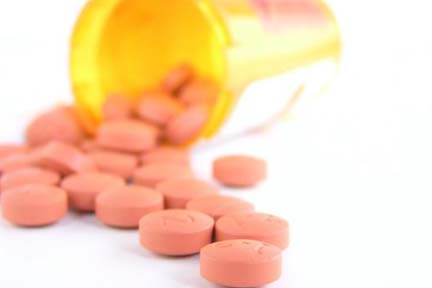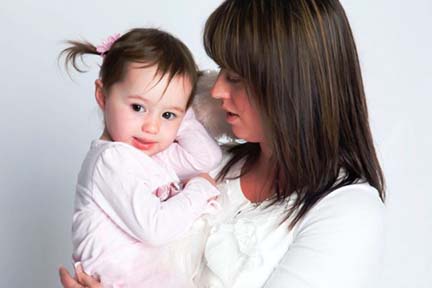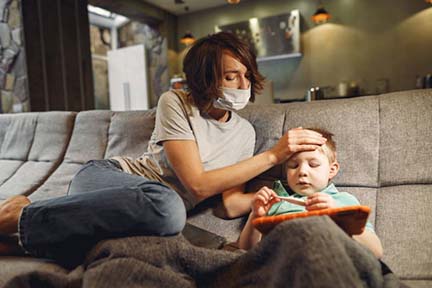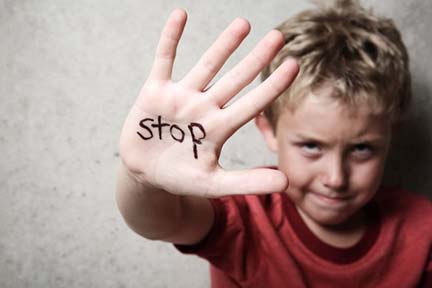
Prescription drugs covered by Medicaid

FOR IMMEDIATE RELEASE: Oct. 11, 2021 CONTACT: Bob Wheaton, 517-241-2112, wheatonb@ Prescription drugs covered by Medicaid Health Plans topic of Oct. 18 meeting LANSING, Mich. – The public is invited to attend an Oct. 18 meeting regarding the list of prescription drugs covered under Michigan’s Medicaid health plans. This list is known as the Medicaid Health Plan Common Formulary. The annual Michigan Medicaid Health Plan common formulary stakeholder meeting will be held virtually this year due to COVID-19 from 9:30 a.m. to noon using Microsoft Teams. Attendees can join on Teams or for audio only call 248-509-0316, Conference ID 131 416 299#. The Michigan Department of Health and Human Services (MDHHS) in 2016 created the common formulary to streamline drug coverage policies for Medicaid and Healthy Michigan Plan beneficiaries and providers. The common formulary is required in state law and in the Medicaid health plan contract to ensure that prescription drugs are common across all contracted plans. Medicaid health plans may be less restrictive – but not more restrictive – than the coverage in the common formulary for products not on the Michigan Preferred Drug List, which is a subset of the drugs listed on the common formulary. Effective Oct. 1, 2020, the common formulary coverage for products began aligning with the Michigan Preferred Drug List – including any prior authorization and step therapy requirements. This initiative has resulted in significant savings to the State of Michigan and has further streamlined and maintained consistency of drug coverage across Managed and Fee-For-Service Medicaid. The purpose of the meeting is to provide an annual forum for the public, stakeholders and interested parties to comment on the prescription list. The forum is in addition to the quarterly written public comment periods. “MDHHS wants Michigan Medicaid and the Healthy Michigan Plan to meet the health needs of residents who are enrolled in these programs,” said Kate Massey, MDHHS senior deputy director for Medical Services Administration and Medicaid director. “We value what they have to say – as well as what providers and other stakeholders have to say. This feedback is valuable as we make decisions about how to improve the health of Michiganders.” Anyone who plans to attend should notify [email protected] no later than Thursday, Oct. 14 and is asked to request special accommodations if needed to join the meeting. Find more information about the common formulary, including the list of covered prescription drugs, at michigan.gov/MCOpharmacy. Anyone unable to attend can submit questions or comments to the Common Formulary mailbox at MDHHSCommonFormulary@michigan. |






